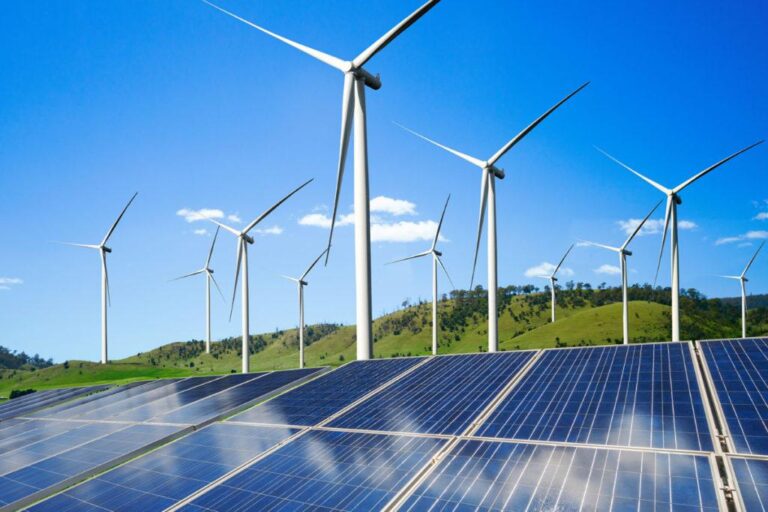Australia has announced a significant expansion of its renewable energy capacity investment scheme, marking a major step forward in the nation’s efforts to accelerate the transition to clean energy. The government’s increased funding aims to boost the development of solar, wind, and other sustainable power sources, aligning with national targets to reduce carbon emissions and combat climate change. This move comes amid growing pressure to secure energy reliability and affordability while meeting Australia’s climate commitments.
Australia Boosts Renewable Energy Capacity with Expanded Investment Scheme
The Australian government has announced a significant increase in funding to its renewable energy capacity investment scheme, aiming to accelerate the transition towards cleaner energy sources. This expansion will allocate an additional $2.5 billion AUD across various programs designed to boost solar, wind, and battery storage projects nationwide. Industry analysts predict this move could increase renewable output by over 30% within the next five years, helping Australia meet its ambitious emissions reduction targets while stimulating economic growth in regional areas.
Key components of the investment include:
- Increased grants for community-owned renewable projects
- Support for large-scale solar farms and offshore wind developments
- Funds to modernize the grid and enhance energy storage technologies
A breakdown of recent funding rounds highlights the diversity of supported projects:
| Project Type | Investment (AUD Millions) | Expected Capacity (MW) |
|---|---|---|
| Solar Farms | 1,200 | 800 |
| Wind Farms | 1,000 | 700 |
| Energy Storage | 300 | 400 |
Key Technologies and Regions Set to Benefit from Increased Funding
The recent surge in funding is expected to accelerate advancements primarily in solar photovoltaics, battery storage systems, and green hydrogen technologies. Solar projects will benefit from scaled-up capacity, making solar farms more viable across Australia’s sun-rich territories. Battery storage, crucial for managing intermittent renewable output, is set to receive significant upgrades, enabling smoother grid integration and enhanced energy security. Meanwhile, green hydrogen initiatives will gain momentum, positioning Australia as a potential leader in clean fuel exports.
Funding is also targeted to support strategic regions including Queensland, New South Wales, and South Australia. Queensland’s vast land area and high solar irradiance make it ideal for sprawling solar developments, while New South Wales leverages its industrial hubs to integrate renewable power efficiently. South Australia continues to set benchmarks in wind and storage deployment, harnessing its coastal winds and existing infrastructure. Below is a snapshot of key technologies paired with their anticipated regional growth:
| Technology | Primary Region(s) | Key Benefit |
|---|---|---|
| Solar Photovoltaics | Queensland, New South Wales | Expanded capacity and grid access |
| Battery Storage | South Australia, Victoria | Enhanced energy reliability |
| Green Hydrogen | Western Australia, Queensland | Clean fuel export opportunities |
Recommendations for Accelerating Transition and Ensuring Equitable Access
In Summary
As Australia ramps up its commitment to renewable energy through significant enhancements to its capacity investment scheme, the nation signals a decisive shift towards a cleaner, more sustainable energy future. This expanded initiative not only aims to accelerate the transition away from fossil fuels but also positions Australia as a key player in the global effort to combat climate change. Stakeholders and industry experts alike will be watching closely as these investments unfold, with the potential to reshape the country’s energy landscape in the years ahead.




